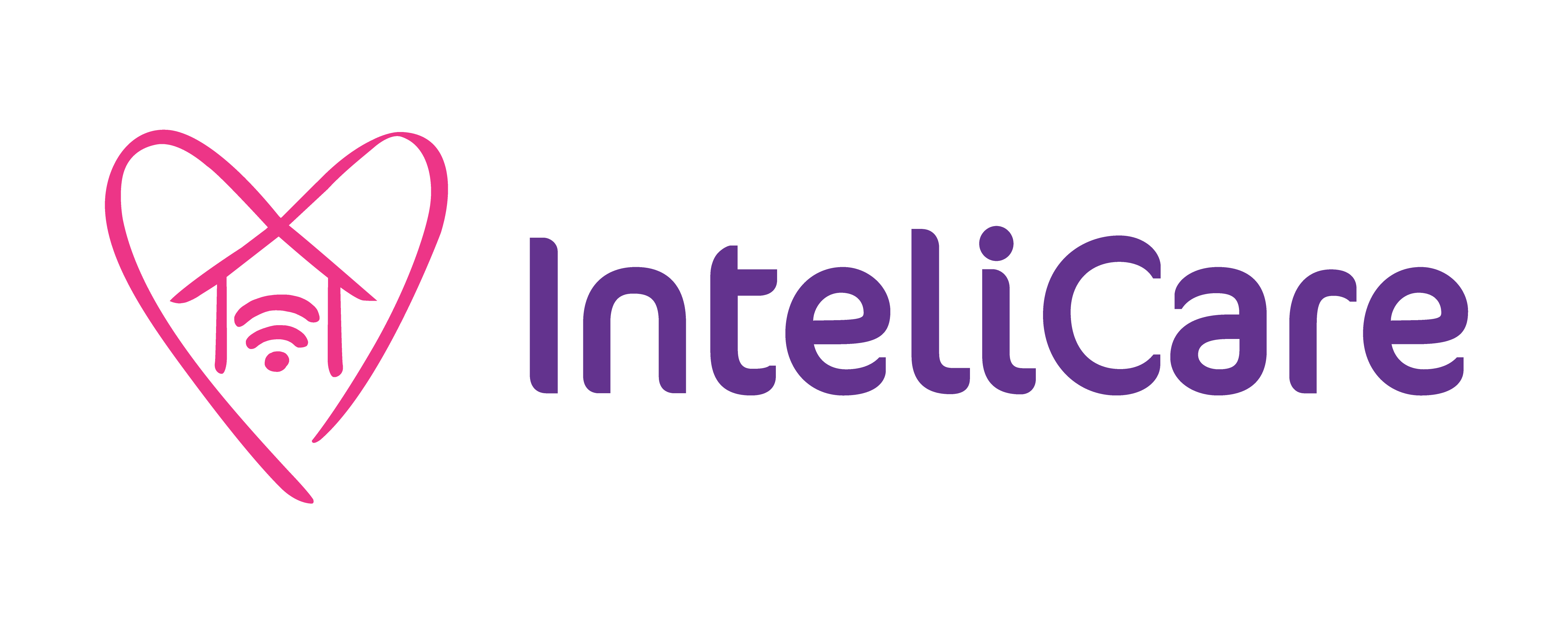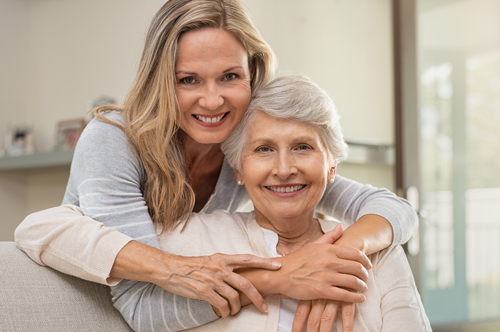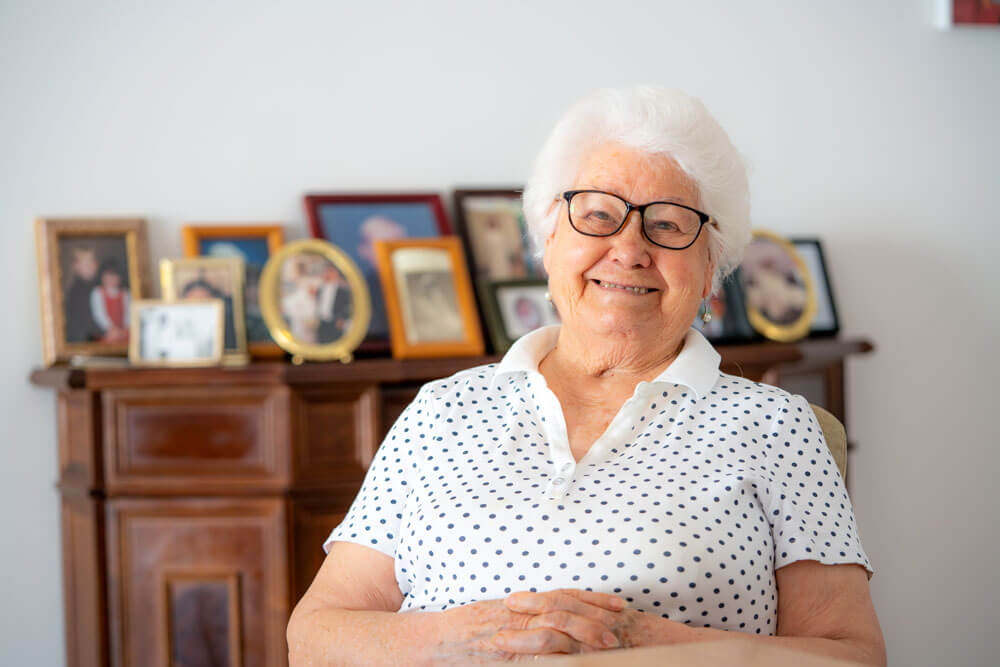The pull towards helping your parents age safely in their own home can be strong. To see them live out their lives in their own environment; give them the comfort of familiar surrounds; and help maintain the relationships they’ve built over many years – sometimes even a lifetime. It’s why so many people want better ways of caring for their elderly parents at home.
Then comes the worry. It usually starts with the worst-case scenario and covers everything along the way. From falls to loneliness and emergency care, how can you help make their home a safe place as they age?
Nearly 90% of elderly people say they have a preference to age in their own home, but less than 50% have discussed their wishes with their family.[i]
What outcomes can you expect from ageing in-place?
Before we go into the practicality of caring for your elderly parents at home, let’s take it back a step. Ageing ‘in-place’ is a term that simply means receiving aged care, whether that’s from family or professional care services, in a person’s own home.
It’s an alternative to relocating to residential care as your parents age. Ageing in palace can also mean moving to a purposely designed independent living unit that has safety built in.
But how do you address the safety gap when their strong preference is to remain in the family home?
There is a strong link between home safety and not only prevalence of falls but fear of falling among older adults [ii]
Making their home the safest place to age
The key to avoiding residential care is avoiding the need for hospitalisation in the first place. For people over 65, nearly 9% of hospital visits resulted in an exit to residential aged care.[iii]
Turning a family member’s home into a safe place to age can mean making some physical changes to reduce risk.
Follow this checklist to help your parents stay safe in their own home:
- Put an easy-reach touch activated bedside lamp on the bedside table and movement-activated light in the bathroom
- Make sure there are solid handrails in place on all stairs to remain in constant contact for balance
- Check the height of the bed – a bed is too low if your knees are above the hips when sitting on it
- Make sure there’s a working smoke alarm in place and use April Fool’s Day as a reminder to replace all batteries
- Check the kettle can be lifted easily when full. Consider smaller alternatives such as a travel kettle or kettle tipper
- Replace cupboard and drawer handles with D-shaped handles
- Install lever handle latches on internal doors as they’re easier to grasp
- Store heavy objects at waist level so they’re easier to lift and reach
- De-clutter, especially around stairs, remove loose rugs, and clear electrical cords
- Install grab rails near the shower, bath, and toilet
- Fit an adjustable showerhead
Then there are the risks you can’t see
Not all hospitalisations are caused by something the eye can see. For example, if you’re going to the bathroom more often at night, you may have a bladder infection, which increases your risk of a fall. One hospital study showed 40% of people who had a fall also had some form of infection.[iv]
This is where things need to get a little more … creative.
A study completed by the University of Missouri showed very clearly that people living with environmentally embedded senor systems were able to live safely at home for significantly longer than those without the same technology.[v]
The study also showed that sensors (also known as assistive technology systems) within the home improved overall wellbeing, allowed for proactive health care, and saved families money. This is largely thanks to the predictive nature of the technology – rather than emergency alarms, say in the case of a fall, monitoring systems show health trends over a period of time.
Early alerts for potential health problems appear to enhance the care delivery model… increasing length of stay (LOS) for those living with sensors to nearly twice that of those who did not. Sensor technology with care coordination has cost saving potential for consumers … [v]
In a nutshell, it found those who had home monitoring technology could age in place for twice as long as those who didn’t!
And this ‘monitoring’ is not at the expense of privacy – read more about debunking that intrusive myth here.
Caring for your elderly parents at home with a little help from assistive technology
With monitoring technology in the home, everyone you choose – family members, care coordinators/providers, your parents themselves – have access to a central source of truth. From there, proactive health care is unlocked and caring for elderly parents at home becomes a lot less worrisome.
Here are some examples from the study:
- Increased night-time bed restlessness and increased time in the bathroom has often led to early detection of a urinary tract infection.
- Increased activity in the apartment during the evening or night-time hours or leaving the apartment in the middle of the night may indicate changes in dementia behaviours such as wandering.
- Reduced activity in the apartment and increased time in bed or recliner chair may indicate an onset of depression. [v]
Here’s what it looks like visually and the link to falls prevention:


Seemingly small changes in the home can indicate larger health problems, and with early intervention, your parents could prevent a fall leading to hospitalisation.
From graphs and studies to your reality
It’s all well and good to read a study and see the positive outcomes on a page; but it’s a whole other thing to implement change as you consider caring for your elderly parents at home. So, here’s where we can get a bit more tangible.
The sensors used in the study were all non-wearable devices that did not require the resident to actively do anything. Smart motion sensors (without an intrusive microphone or video) can be likened to InteliLiving technology. With motion sensors installed throughout the home, people like Ailsa and Maureen are staying home and keeping their independence.
What’s next?
You can make a start in two simple ways. Firstly, get started on the checklist now. Secondly, get in contact with our consultants, who can even come to your parent’s home while you’re there and explain all about home safety with assistive technology.
Sources:
[i] Mark McCrindle, Sophie Renton, Kevin Leung, Australia towards 2031: The demographic, consumer and behavioural trends shaping the nation, McCrindle Research Pty Ltd, mccrindle.com.au. 2021
[ii] Mortazavi H, Tabatabaeichehr M, Taherpour M, Masoumi M. Relationship Between Home Safety and Prevalence of Falls and Fear of Falling Among Elderly People: a Cross-sectional Study. Mater Sociomed. 2018;30(2):103-107. doi:10.5455/msm..30.103-107. 2018
[iii] Rosemary Karmel, Jonas Lloyd, Phil Anderson, Movement from hospital to residential aged care, Data Linkage Series Number 6, Australian Institute of Health and Welfare, 2008
[iv] Durkin, M . A new cause to consider in falls: Infection Coexisting systemic infections may need to be routinely considered in patients who present with a fall. 2020. ACP Hospitalist.
[v] M. Rantz, K. Lane, L. Phillips, L. Despins, C. Galambos, G. Alexander, R. Koopman, L. Hicks, M. Skubic, S. Miller,. Enhanced registered nurse care coordination with sensor technology: Impact on length of stay and cost in aging in place housing. University of Missouri. 2015





